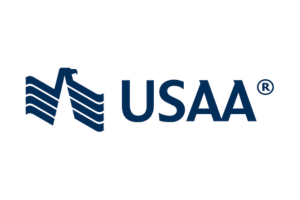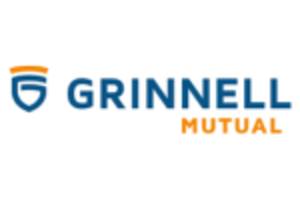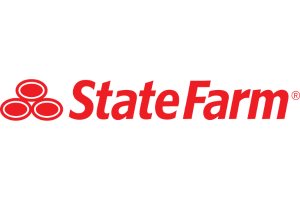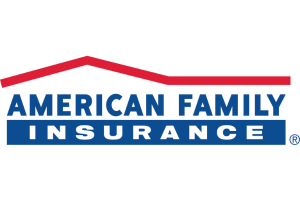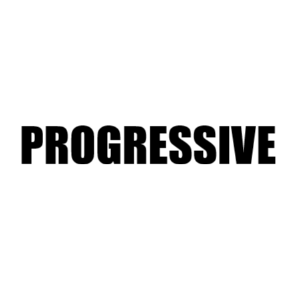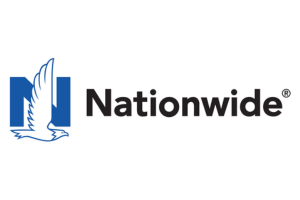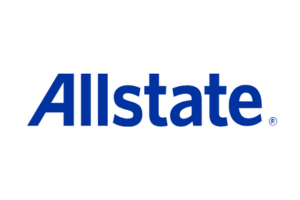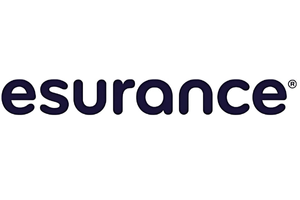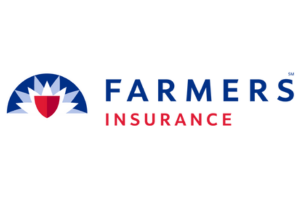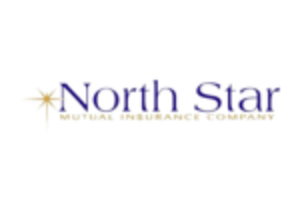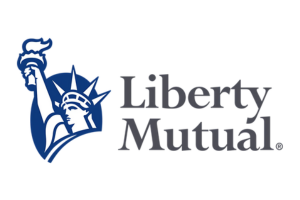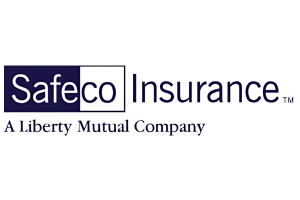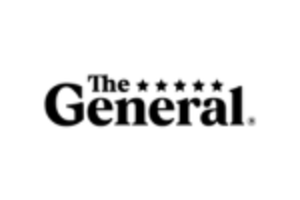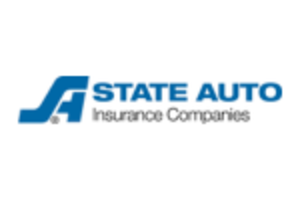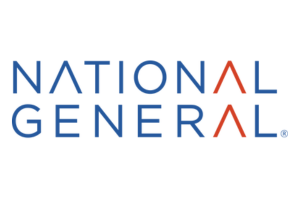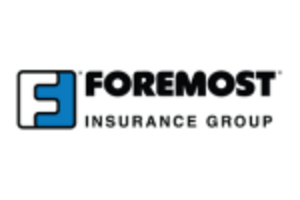Best North Dakota SR-22 Insurance in 2026
What are the requirements in North Dakota should you need an SR-22?
Are you required to file an SR-22 form in North Dakota? If you are, it’s likely because you exhibited risky driving behavior or committed some sort of violation that has required you to file an SR-22 by the state or the court. The SR-22 form is proof of financial responsibility and it proves to North Dakota that you have at least the minimum amount of required car insurance coverage required by the state. It’s filed with the North Dakota Department of Transportation (NDDOT) by your insurance company on your behalf.
If you’re required to file an SR-22 in North Dakota, you’ve likely heard the term SR-22 insurance. While SR-22 insurance is not actually a different type of insurance from typical car insurance, the term is often used to describe car insurance coverage for those who need an SR-22 endorsement, because an SR-22 affects your car insurance coverage and cost. In North Dakota, SR-22 insurance after a DUI conviction costs an average of 71.5 percent more than car insurance for standard drivers.
In North Dakota, you can’t legally drive without SR-22 insurance after your license has been suspended or revoked. You're required to have it to show that you have the minimum requirements necessary per your state. Depending on your offense and circumstances, once you get SR-22 insurance, you may be able to get a Temporary Restricted License (TRL), which will allow you to drive. You may also be considered for a full license reinstatement by the NDDOT.
Typically, an SR-22 is required in North Dakota for one year. Your filing period begins on the date your driving privileges are reinstated, the date your TRL is issued, or the date you got into a car accident without active insurance. Throughout your filing period, you must maintain your car insurance plus an SR-22 without any lapse. If you have a lapse in coverage because your policy is canceled, you could face penalties such as fines and license suspension.
If you maintain an SR-22 for your required filing period and keep a clean driving record, you won’t need to file the form any longer after your period is up. This could result in your coverage and car insurance rates returning to normal, depending on your violation. DUIs may stay on your record for much longer.
Should your average cost skyrocket, or your insurance carrier won't work with you after you've had to file an SR-22, you may want to look around for other companies that will help you. The SR-22 is required as proof of insurance, so your payments will be higher than you're used to no matter where you go, but that doesn't mean you can't find a company who will be willing to work with you.
We also have a free, online tool that will let you compare quotes from different companies.
What are the insurance requirements in North Dakota?
If you're required to have an SR-22 attached to your insurance, this means that you'll end up paying more, though there shouldn't be any changes to your overall policy. However, it's still a good idea to know what your coverage limits are going to be set at. You’ll be required to have at least the following coverage:
- Liability
- $25,000 bodily injury per person
- $50,000 bodily injury per accident
- $25,000 property damage per accident
- Personal injury protection
- $30,000 per person
- Bodily injury caused by an uninsured/underinsured motorist:
- $25,000 per person
- $50,000 per accident
There are various types of coverage that are offered, but that doesn't mean that they're part of the state minimum. If you have any questions about how much coverage per person you are required to have, you can always contact your carrier to find out, or visit their website. Should you end up with an SR-22, this will appear on your insurance reports, as well as your driving history. Failure to get SR-22 insurance when you’re required to do so can result in heavy fines, vehicle repossession, extended license and registration suspension, and even jail time.
Who needs an SR22 in North Dakota?
In North Dakota, an SR-22 is required in a few scenarios in order for you to get your license reinstated. SR-22's are required after you’ve committed certain violations with the law. You may even be required to have an SR-22 if you’ve had a series of small violations within a short span of time. You could need an SR-22 in North Dakota for the following reasons:
- Conviction for driving under the influence (DUI or DWI)
- Conviction for actual physical control while under the influence
- Driving with a revoked or suspended license
- Driving or getting into a car accident without car insurance
- Civil judgement that emerges from a car accident
- Conviction for manslaughter in which a motor vehicle is used
- Conviction for negligent homicide in which a motor vehicle is used
- Conviction for a felony in which a motor vehicle is used
It’s illegal in North Dakota to drive with a suspended driver’s license. You may be required to get an SR-22 after your license has been suspended in order to regain your driving privileges.
What are the rates for coverage in North Dakota?
If you need SR-22 insurance, your car insurance rates will likely increase significantly. When you’re required to have an SR22, you get placed into the category of a high-risk or non-standard driver. High-risk drivers tend to pay the highest car insurance rates, but the cost of car insurance can vary by company and by state. There are many other factors that go into the cost of SR-22 insurance such as your age, gender, location, credit score, vehicle type, marital status and so on.
One of the most common reasons drivers need SR-22 insurance is because of a DUI conviction. On average, drivers with one DUI conviction in North Dakota pay $1,968 per year for car insurance. That’s 71.5 percent more than car insurance for a driver with a clean driving record. However, the cost you pay differs significantly based on the company you buy car insurance from. In the table below, you can find average rates for North Dakota drivers who have one DUI conviction from some of the largest companies in the state.
| Company | Car insurance rate |
|---|---|
| Nodak Insurance | $807 |
| Progressive | $1,035 |
| Farmers | $1,202 |
| State Farm | $1,490 |
| USAA* | $1,501 |
| National Farmers Union Property and Casualty Company | $2,157 |
| Nationwide | $2,280 |
| American Family | $2,462 |
| Allstate | $2,473 |
| Geico | $2,609 |
| Auto-Owners | $2,718 |
| Safeco | $3,677 |
*USAA is only available to active and former military members and their families.
These rates are based on a 35-year-old single adult with one driver and one vehicle on a policy. The car used was a 2015 Toyota Highlander LEs. Full coverage was used with 100/300/50 limits and a $500 collision and comprehensive deductible. The driver had 1 DUI on their record. The rates displayed should only be used for comparative purposes as individual rates for high-risk insurance in North Dakota will differ. Rate data is provided by Quadrant Information Services.
How do you file for an SR-22 in North Dakota?
In order to get an SR-22 in North Dakota, you need to contact your car insurance company. You need to go through an insurance company to get the SR-22 form filed with the NDDOT. You can’t file the form on your own.
Note: Not all insurance companies offer insurance for drivers who are required to file an SR-22. If your current company doesn’t offer it, you’ll need to shop around for a new auto insurer that does offer it.
Even if your company does offer SR-22 insurance, it may still be a good idea for you to shop around for a new policy. Because an SR-22 significantly affects your rates in North Dakota and rates can vary by company, you may want to see if a different company can offer you a better rate.
Use the table at the top of this page to find all the car insurance companies that offer SR-22 insurance in North Dakota. They will make the list if they have at least 25 car insurance reviews. If you want to see which companies customers say are the best car insurance companies for SR-22 insurance in North Dakota, sort the table by highest rated. You can sort through companies and find the ones you want to get quotes from. To get quotes, click on the orange, 'click for quote' button next to the company, call the number available or visit the company’s website.
If you want to read customer reviews of the company, click the company name in the table and you will be directed to the company’s profile page containing information about the company and reviews.
Are there any fees associated with an SR-22 in North Dakota?
In North Dakota, you may be required to pay a fee to your auto insurance company for it to file the SR22 form on your behalf. This fee depends on your insurance company. Additionally, if your license was suspended, you’ll need to pay a fee in order to reinstate your license. This fee is $50 or $100, depending on your offense.
You may have additional expenses depending on the violation you committed. For example, there are many requirements if you’ve been convicted of a DUI. If it’s your first DUI offense, you’ll be required to pay a fine of $500 or $750 depending on what your BAC was. For your second offense, the fine is $1,500. There are many additional North Dakota DUI penalties that may come at additional cost.
How are rates for auto policies calculated?
When searching and comparing car insurance quotes, it can be frustrating trying to understand how your insurance rates are calculated. While there is no exact formula that each car insurance company uses when providing you a quote, there are many factors that do contribute to the price you pay for your insurance. Among the factors that car insurers consider are:
- Your driving record
- How much you drive
- Location
- Age
- Marital status
- Gender
- Your car’s make, model and year
- Your credit history (in some states)
- Amount of car insurance coverage (required coverage and optional add-ons, such as collision and comprehensive)
One of the biggest misunderstanding when it comes to insurance rates is that the history of drivers in your area also contributes to how much you pay. For instance, even if you go two years without an accident, if there were a lot of accidents near you recently, your rates might still go up. Why is that the case?
Insurance companies disperse risk across all policyholders so that when it comes time to pay a claim, they have enough money to pay out. But imagine a scenario where they only raised rates for drivers with an accident. For drivers who had an expensive claim, the drivers simply wouldn't be able to afford the raised rates that are based off how much their insurer had to pay after an accident. So instead, insurance companies slightly increase rates across the board to offset the costs, though of course the at-fault driver may see a larger increase.
How much car insurance do I need?
You certainly don’t want to be underinsured or uninsured while staring at a claim after a car accident or other damage to your car. But at the same time, there’s no sense in paying for more coverage than you need, right? So it begs the question: How much car insurance coverage do you actually need?
The answer, as frustrating as it may be, is it depends. For example, someone insuring a brand-new, leased car is likely required to purchase collision and comprehensive coverage, but for someone driving an older car that doesn’t have much value, it may not make sense to purchase optional coverage. Plus, states have different car insurance requirements. There are 12 no-fault states that require its drivers to purchase personal injury protection (PIP).
So when it comes to determining what car insurance coverage and limits you should purchase, it’s important to do your research. For example, should you spend extra on underinsured motorist coverage? Does your car still require comprehensive or collision coverage? These are valid questions that you shouldn't feel bad about asking. Talk with an insurance agent or your insurance company to determine what makes the most sense for your situation and if you need any additional coverage added to your policy.
How can you save money on your auto insurance coverage?
At the end of the day, we’d all like to have the best coverage at a cheap, affordable price. While you never want to sacrifice quality to save a couple of dollars, there are some different ways you can lower your car insurance premium. This doesn't mean running after the cheapest car insurance companies, because they may not be able to provide you with the minimum limits you need.
Here are six ways you may be able to lower your car insurance rates:
- Bundle your auto policy with other policies
- Consider raising your deductibles
- Pay your policy in full
- Try usage-based car insurance
- Monitor price changes to your insurance policy
- Shop for better rates
You can also look into taking classes, and inquiring about any special discounts offered. If you take a safe driving or defensive driving course, you could be eligible for a more affordable option. While you have an SR-22 in affect, you may not be able to find the lowest rates on the market, but taking steps such as the ones listed above can only help.
How does Clearsurance rank car insurance companies?
Wondering how Clearsurance determines scores for insurance companies? Our algorithm analyzes a range of inputs from our community of unbiased insurance customers, including:
- Cost
- Customer service
- Overall experience
- Claim service
- Purchasing experience
- Likelihood to recommend
Is there a guide with more information available?
Whether you’re buying your insurance direct or going through an agent, understanding the different car insurance coverage options is a must. Do you know what is covered by comprehensive coverage? Are you familiar with uninsured motorist coverage? Do you know how a deductible works?
We want to make sure you’re equipped with a proper knowledge of car insurance, so check out our practical guide to understanding car insurance. Looking for more educational information about car insurance? Check out our blog for more information and topics related to car insurance.
If you're feeling as though you'd like to see what else is out there, and find other auto insurance quotes, don't forget about our comparison tool, which will help you to compare quotes from various companies.
